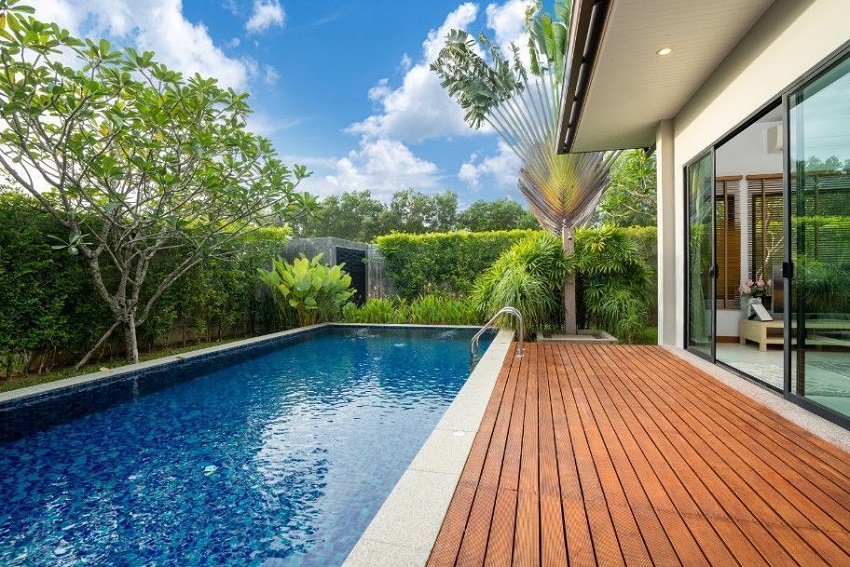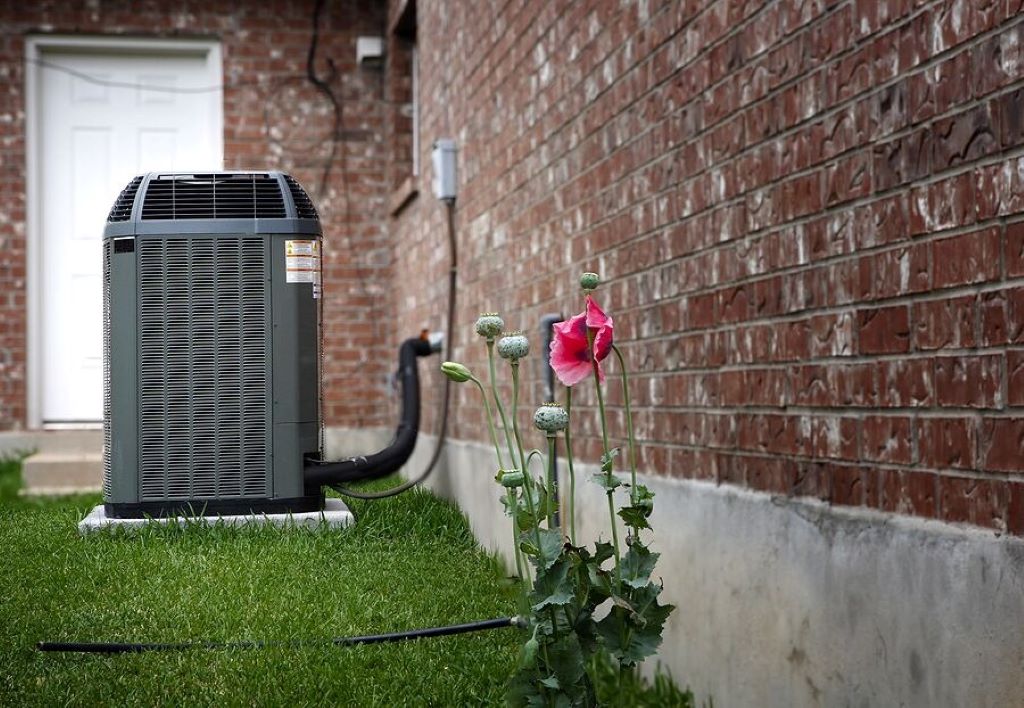Timber cladding is a popular feature in the UK, used both internally and externally and it gives that natural look and warmth to a building as well as being a good way to add some insulation to your home.
There are many types of wood to choose from when you are adding wood cladding to your home, just make sure that you buy it from a company that is sustainable like this timbco.co.uk/product-category/timber-cladding/ here are some of the most commonly used types in the UK…
Pine
Scots pine is the only native pine tree found in the UK and mostly tends to live at altitude and in cooler regions like Scotland. Pine trees grow quickly, which is why they are a common choice for timber products, as they can be renewed relatively quickly in comparison to other trees, which also makes them much more cost effective.
The timber of a pine tree is pale, and it is easy to treat to prevent pests as well as damage from the elements. It is a very versatile wood and is well suited to a variety of different styles of home.
Oak
Oak is one of the most prized trees of the British Isles, dating all the way back to the times of the ancient Druids. The tree itself can live for hundreds of years, and its huge canopies provide a home for many creatures, from the jays who feed on the acorns to purple emperor butterflies that live high in the top branches in the summer.
The wood of the tree is renowned for its strength as well as its beautiful golden colour and being very durable and moisture resistant it is an excellent choice for cladding, birth internally and externally. If left untreated, it changes colour to a beautiful silvery tone over time.
Larch
The two species of Larch that are mainly used for cladding in the UK are Siberian Larch and European Larch. These trees are deciduous conifer trees which are different to most other conifers as they will lose their needles in the winter. Like pine, they are fast growing trees, and they produce a dense wood that resists rot well.
The colours of the wood can vary, from the paler yellow colours to a deeper hue that is closer to orange, so can be a versatile choice.



